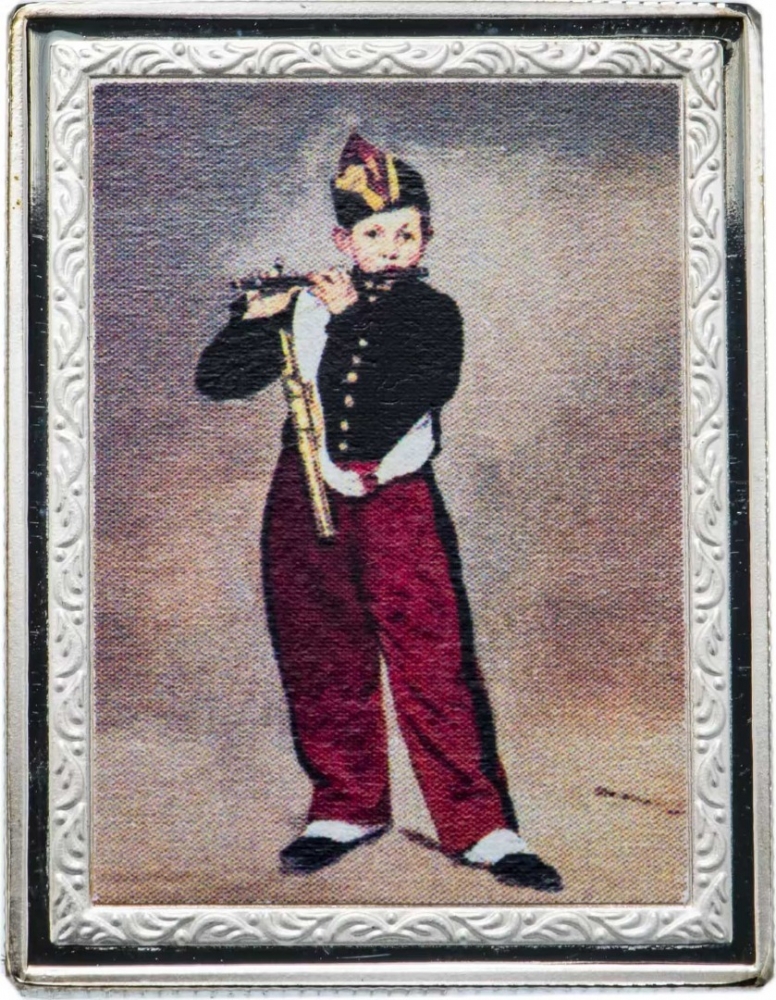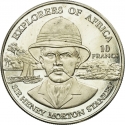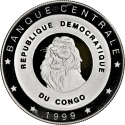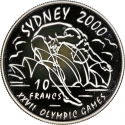You are about to finish your registration. Please check your mailbox (including spam folder). There should be a letter with a confirmation link. Check setting to make sure that your e-mail address is correct.
Send letter againDescription
The Fifer, created by Édouard Manet in 1866, is an iconic example of the artist’s ability to blend realism with a striking simplicity that defied the traditional art norms of his time. The painting depicts a young, uniformed boy playing a fife, a small flute-like instrument, against a plain background. This simplicity, with no elaborate scenery, draws attention entirely to the subject and the boldness of his figure. Manet was influenced by Spanish art, especially by the works of Diego Velázquez, and used bold contrasts and minimal detail to capture the fifer’s stance and youthful expression. The work’s lack of depth and its flatness, along with the unusual composition, emphasized a modernist approach, setting it apart from the academic style favored in Paris at the time.
When Manet submitted The Fifer to the Paris Salon in 1866, it was rejected due to its unconventional style, which deviated from the Salon’s preference for narrative depth and elaborate scenes. Manet’s decision to isolate the figure against a nearly featureless background and his use of bold, flat colors made the painting appear almost like a cutout or a print. However, Manet’s innovative approach was ahead of its time and influenced many modernist artists who followed him. The work later gained appreciation and is celebrated today for its pioneering style, which helped pave the way for Impressionism and other modern movements in art.
Now housed in the Musée d'Orsay in Paris, The Fifer stands as a testament to Manet's vision and defiance of traditional artistic norms. The painting invites viewers to consider the young fifer’s presence and the clarity of his form, rather than any symbolic or moral message, reflecting Manet’s commitment to pure visual experience over storytelling. This work is cherished not only for its technical boldness but also for its role in shaping the trajectory of modern art in the late 19th century.
Obverse

|
Depicts the emblem of the Democratic Republic of the Congo dividing the date, the denomination below, and the country name in French above. DEMOCRATIC REPUBLIC |
|---|---|
Reverse

|
Depicts Édouard Manet's painting The Fifer or Young Flautist. |
| Edge |
10 Francs
The Fifer by Édouard Manet
KM#
The Fifer by Édouard Manet
Characteristics
| Type | Commemorative Issue (Non-circulating) |
| Material | Silver Plated Copper |
| Weight | 30.33 g |
| Diameter | - |
| Width | 34 mm |
| Height | 45 mm |
| Thickness | 2 mm |
| Shape |
|
| Alignment | Medal |







